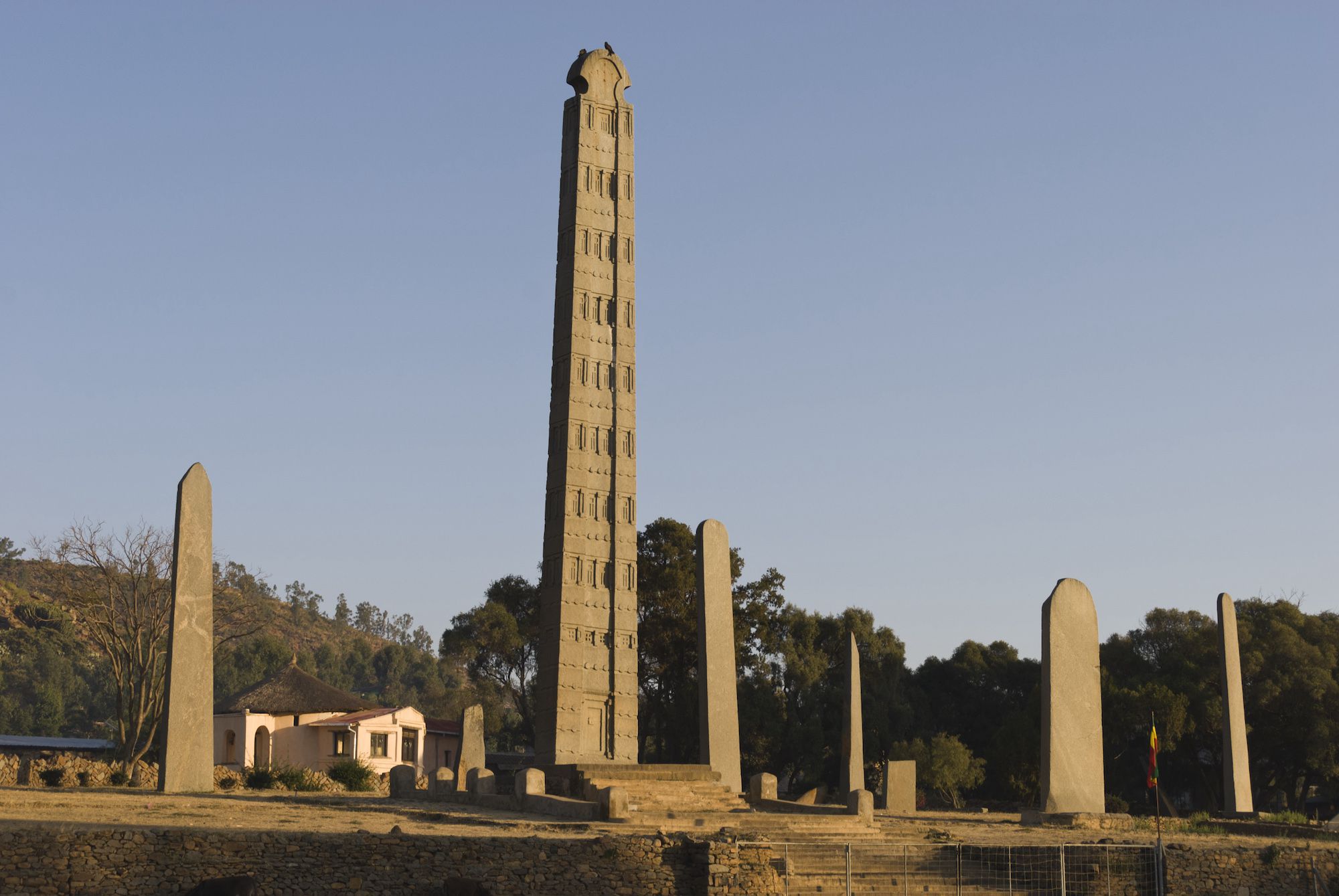A W
SHUMAY, MA.
To develop the Tigrinya language as an
expressive vibrant modern language the linguist has to depend on Ge’ez as the
standard language. One can postulate that today’s Tigrinya language is the
development of old Ge’ez language but with some marked idiosyncratic
innovations that has taken place most vividly in its 3rd person
singular and plural independent pronouns, (a common linguistic feature that has affected Ge’ez itself).The suffixed pronouns, both object
and possessive follow common Semitic forms.
To make it full fledge working language,all
the primary and secondary schools in the State must use it as a medium of
instruction up to a higher level. For the project to be successful the State
needs to make a concerted effort in establishing a Tigrinya Language Academy sooner
than later.
The Universities of Tigray can also play
a prominent role in its formation by producing qualified Tigrinya language teachers
in the field of linguistics. Initially, the Universities may advertise for the
service of professional linguists who have some knowledge in the field of
Semitic languages. The local media should also play a positive role in its
establishment by explaining the urgency of the scheme to the population as a
whole. To ask the public to take charge by supporting it both financially and materially.The
Tigray diaspora as well as Tigrinya language philologists, generous individual
persons as well as the local and international voluntary organisations should
also be approached to play their part in making the exercise a success.
Once the TLA is established the experts
should be entrusted to perform the following duties.
-To revive and refresh theoriginal Ge’ez
consonantal and vowel writing systems that have undergone unnecessary
modifications at some time in the past.
-To draft and determine a new writing
system suitable for the modern Tigrinya and Tigre languages.
-To analyse and study the Ge’ez Cardinal
vowel system.
-To differentiate the marked vowels from
the unmarked vowels of the system.
-To identify the point and place of
production of the short low front, long high back and the high central rounded
vowels of the Ge’ez Cardinal system.
-To identify the phonetic graphemes
(smallest phonetic symbols), that have merged with other graphemes.
-To revive the merged characters by
reassigning their original phonetic values whenever possible.
-To drop and discard the new extra
graphemes used in place of the older merged ones.
-To reintroduce and revive the wrongly articulated
laryngeal consonants by their original Ge’ezphonetic values following the
Tigrinya and Tigre phonological pronunciation practice.
-To reuse the original Ge’ez phonological
pronunciation method when reading written Ge’ez texts in the church schools followingthe
Tigrinya phonological pronunciation system.
-To tell the wider Tigrinya speaking
community to drop allAmharicand foreign loan words such as the Proper Personal
Names and Place Namesby instructing them to use Tigrinya or Ge’ez names only.
-To follow the Orthographical
Representation Method of A. Dillmann, M. Cohen, W.Leslau and R. Hetzron in
spelling Ge’ez and Tigryna words when using the Latin script.
It is advisable and accepted norm to
follow using the English vowel pronunciation system when transcribing Semitic
languages such as Ge’ez, Tigrinya and Arabic.
Concerted effort should also be made to
guide the church schools of Tigray toadhere tothe recommended writing and
phonological systems when teaching Ge’ez to their deacons orstudents. Priests
should also be encouraged to stick to the original Ge’ez pronunciation practice
when reading Ge’ez texts. Show them with examples how the meanings of metaphors
and semantics of Ge’ez words are more easily revealed to the listener when the
reader adheres to the original pronunciation system.
Encourage the Tigray community to form
Tigrinya Language Societies and ask them to play their part in the development
modernision and innovation of the Tigrinya Language. So that they be able to
indicate the stress and consonantal gemination points of Ge’ez syntax and
morphology and to study it how it is reflected in the Tigrinya language. And
also, study and analyse its stem form of paradigms and its basic morphological
categories to which the subject markers affix in the morpho syntactic stem
paradigms and distinguish the types and moods of the “verbal-root class”,
“tense class”, “derivational class” and “lexical classes” and their stem series
of paradigmatic systems. Also, aim to produce a modern Tigrinya Language
Dictionary by following the methodological practice of the highly developed
Semitic language families such as Modern Standard Arabic and Hebrew. These two
languages choose the root stemof words asthe ‘lexical entry’ in the Dictionary.Its
gloss andmeaning is explained by the type of its affixes that attach to it.
Affixes attach to the different stem forms as prefixes, infixes and suffixes in
the stem series of paradigms in most Semitic Languages including Ge’ez Tigre and
Tigrinya.
In Ge’ez, the prepositions, conjunctions,
infinitives, causatives, nominatives and accusatives markers are found attached
to the stem form of paradigms as prefixes, suffixes and infixes.
